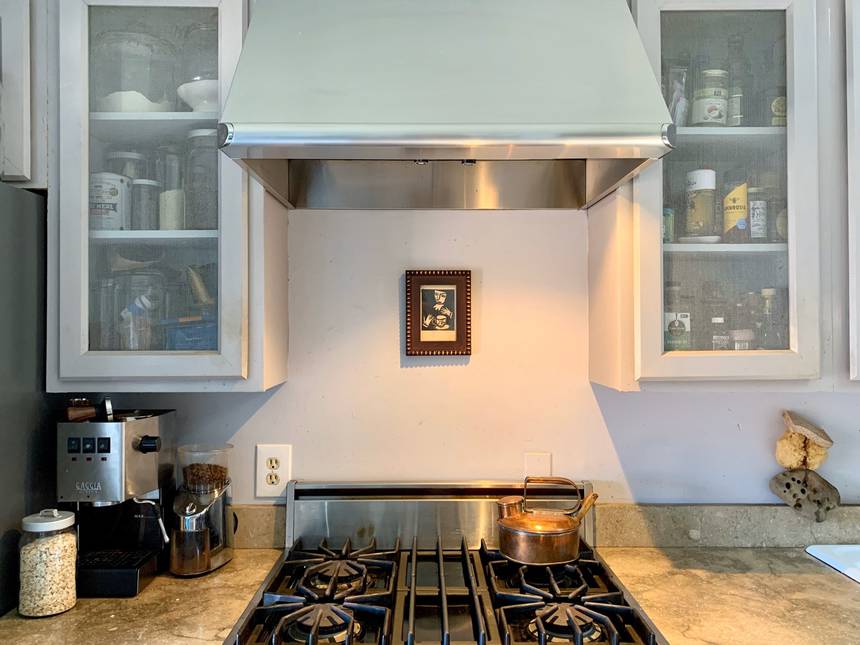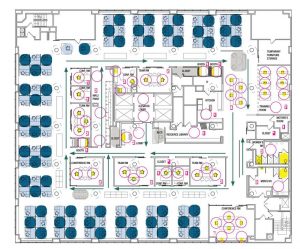Yet another study concludes that gas stoves are really bad for kids' health

Serious cooks are serious about gas, but it’s time to give it up.
It seems like only yesterday that we reported that a new study confirms that gas stoves are bad for your health. They are becoming a regular event as piles of peer-reviewed research show how bad cooking with gas is for your health.
The latest, Health Effects from Gas Stove Pollution, comes from the Rocky Mountain Institute, Physicians for Social Responsibility, Mothers Out Front and the Sierra Club. Authors Brady Anne Seals and Andee Krasner remind us that while there are lots of rules for outdoor pollution going back to the Clean Air Act, indoor air quality is not regulated in the USA. “Without federal and state regulations, pollutant reductions stop at the doorway.”
The two most significant pollutants that come from cooking with gas are Carbon Monoxide (CO) and Nitrogen Dioxide (NO2). Many homes now have CO alarms, but these are not set off by low levels that you get from gas stoves. It’s the NO2 that is the serious issue:
Homes with gas stoves have approximately 50 percent to over 400 percent higher average NO2 concentrations than homes with electric stoves. In many cases, the short and long-term NO2 levels in homes with gas stoves are higher than outdoor EPA air quality standards, which in turn are higher and less stringent than the indoor air quality guidelines issued by the World Health Organization and Health Canada. (There are no indoor guidelines issued by the US EPA.)
The Canadian guidelines for short-term exposure are 90 PPB and 11 PPB for 24-hour exposure. In real-world testing, the numbers go way above that, reaching over 500 from a gas oven. The health impact of such high NO2 levels are significant, particularly for children, where “a 15 ppb increase in NO2 corresponded to a 50 percent increase in annual risk for respiratory symptoms among children and adolescents.”
Other health effects include everything from chest tightness to COPD and “research also suggests that other illnesses may be linked to elevated levels of NO2. These include cardiovascular effects, diabetes, cancer, and reproductive effects.” Among kids, there is concern about adverse brain development, impaired cognitive function and risk of ADHD.
Children in homes with gas stoves have a 42 percent increased risk of experiencing asthma symptoms, a 24 percent increased risk of lifetime asthma (ever being diagnosed with asthma by a doctor), and an overall 32 percent increased risk of both current and lifetime asthma.
Exhaust hoods are often useless or not even turned on.
And then, of course, there is the issue of ventilation and exhaust hoods, which I have called The most screwed up, badly designed, inappropriately used appliance in your home.
The study authors note that many states have no venting requirements at all, that there are not comprehensive standards. Many homes don’t have exhaust hoods, many are ductless recirculating hoods that are little more than noisemakers, many people don’t turn them on because they are noisy, and that “a survey of over 350 California residents showed that 40 to 60 percent did not use an exhaust hood or open windows while cooking.” They also make a point that we have often made: the better (less leaky) a house, the worse the problem.
This issue may be getting worse. As homes become more energy-efficient, they also risk trapping air pollution indoors. Modeling shows that from an indoor air quality standpoint to protect health, energy retrofits should, but often do not, allow for increased ventilation and filtration. It is possible for energy savings (for example, better insulation and tighter sealing) to make air quality worse by restricting ventilation and airflow.
It all has to be carefully engineered so that there is enough air makeup to balance the exhaust or you can run into serious problems. In the previous post, I suggested that there should be an interlock between the stove and the fan to ensure that these are avoided. The study authors have a similar suggestion in their recommendations for science-based indoor air quality standards (like they have north of the border), warning labels on stoves, and incentives and tax credits to encourage changes to induction ranges:
Require manufacturers and installers to certify that any new gas stove installed will not expose residents to harmful levels of gas stove pollution. In addition to venting outdoors, this may include a building code requirement for low-level CO detectors and automatic ventilation whenever the gas stove is operated and until background levels are safe.
They dance around the bigger question, suggesting that “the Centers for Disease Control and Prevention (CDC) should provide guidance to all health professionals about the risks of gas cooking, particularly on children’s health and provide recommendations for interventions.”
They do not come out and suggest that it is time to ban gas stoves outright, but it really is time to consider that. Certainly, everyone in the healthy building community should be doing this immediately. There is just so much evidence now about how bad these are for your health.
It’s hard; serious cooks are serious about gas. But many are finding that induction ranges are really as good, and a lot of professional chefs are working on them now. It’s time to give up on gas.
Serious cooks are serious about gas, but it’s time to give it up.







